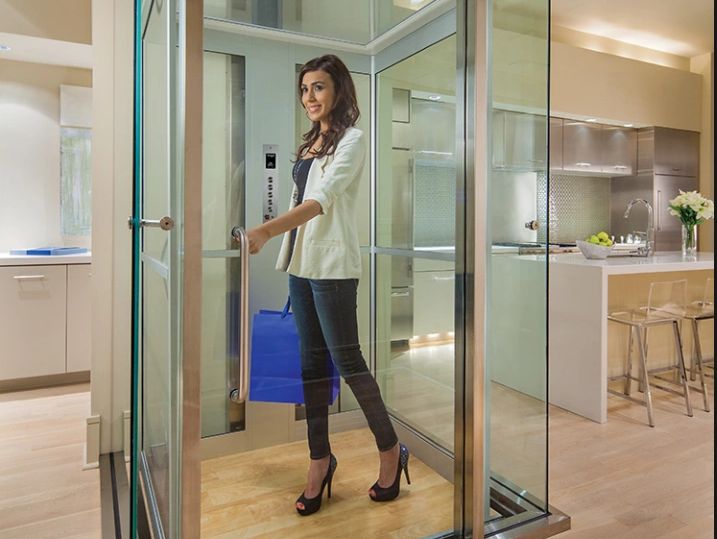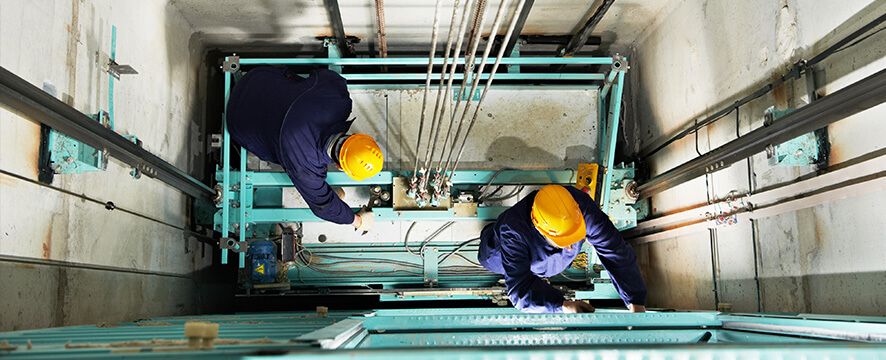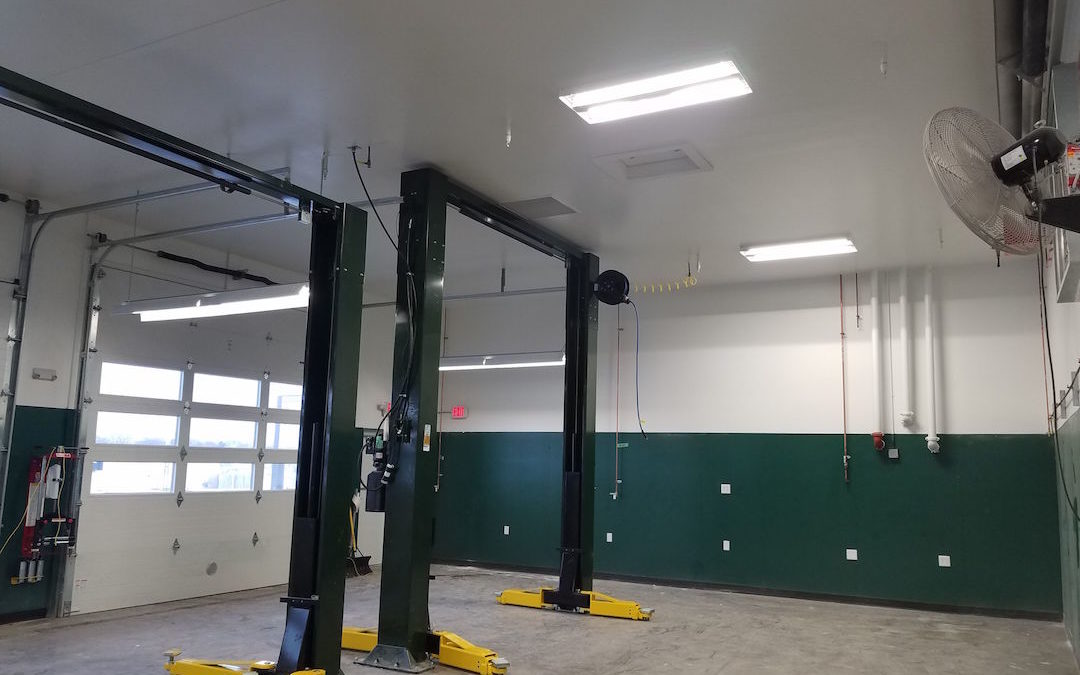Searching For Reliable Lift Maintenance London Services and Repair Companies Near Me
Searching For Reliable Lift Maintenance London Services and Repair Companies Near Me
Blog Article
Comprehensive Overview to Elevator Equipments and Their Upkeep
Browsing the elaborate globe of lift systems and their maintenance is a job that requires precision and understanding. From the numerous types of lift systems in use to the thorough adherence to safety and security regulations, the upkeep of these vertical transport gadgets is a multifaceted venture.
Kinds Of Lift Solutions
The most common types consist of hydraulic elevators, traction lifts, machine-room-less lifts, and vacuum elevators. Hydraulic elevators are excellent for low-rise buildings and make use of a hydraulic piston to relocate the elevator cars and truck. Machine-room-less lifts are a space-saving choice as they do not need a different equipment space for the lift equipment.
Each type of lift system has its own advantages and downsides, making it important for structure owners and developers to very carefully consider their details needs before choosing one of the most suitable alternative. Aspects such as building height, area availability, energy effectiveness, and budget constraints all play a considerable function in identifying the best elevator system for a specific structure.
Common Upkeep Issues
Routine maintenance of lift systems is crucial to make sure smooth procedure and extend their life expectancy. Despite regular maintenance, elevator systems can still encounter typical upkeep issues that require to be immediately dealt with to stop disturbances in service. Regular inspections and proactive maintenance can help determine and deal with these typical maintenance concerns before they escalate and impact the overall performance of the lift system.
Safety Rules and Compliance
Sticking to rigorous safety laws and making sure compliance with industry requirements are extremely important for keeping the functional integrity of lift systems. Lifts go through a thorough set of safety and security policies to secure passengers, upkeep employees, and the public. Regulative bodies such as the Occupational Safety and Health Administration (OSHA) in the United States and the European Lift Organization (ELA) in Europe develop guidelines that cover different facets of elevator design, operation, upkeep, and installation.
Conformity with these guidelines is not just a legal need but likewise an ethical responsibility for structure proprietors and lift maintenance business. Failure to meet safety and security requirements can cause fines, legal responsibilities, and, most importantly, endanger the safety and security of individuals utilizing the lift. Normal assessments, upkeep checks, and adherence to safety procedures detailed in the guidelines are important to make sure the secure and efficient procedure of lift systems. By focusing on safety policies and conformity, stakeholders can promote the trust of the public and reduce prospective dangers related to lift usage.
Finest Practices for Upkeep

Building proprietors ought to additionally think about spending in modernization upgrades to boost the effectiveness and safety and security of their lift systems. By following these finest techniques, elevator systems can run smoothly and securely, providing trustworthy vertical transport for occupants.

Advanced Technologies for Effectiveness
Carrying out innovative modern technologies in lift systems can substantially improve operational effectiveness and passenger experience. lift engineer course. One of the key advancements in lift modern technology is the intro of destination control systems. These systems enable passengers to input their wanted floor before going into the elevator, which then routes them to one of the most effective automobile. By reducing unnecessary quits and maximizing traveling paths, destination control systems lower wait times and congestion in high-traffic buildings.
Additionally, the integration of clever sensors and anticipating maintenance capacities has reinvented elevator maintenance. These sensors can find potential problems before they intensify, making it possible for positive upkeep interventions and lessening downtime. Additionally, the usage of energy-efficient components and regenerative drives helps in reducing power intake and operating prices in lift systems.
Moreover, the application of cloud-based tracking and remote diagnostics enables real-time tracking of lift performance and instant troubleshooting of any kind of breakdowns. This positive approach additional resources not only improves system dependability however additionally enhances the general individual experience by ensuring smooth and continuous elevator operations.
Verdict
Finally, recognizing the different types of lift systems, typical maintenance issues, security policies, ideal maintenance practices, and progressed modern technologies for performance is important for guaranteeing the smooth procedure of elevators. By adhering to security policies and implementing ideal practices for upkeep, structure owners can extend the lifespan of their elevator systems and ensure the safety and security of guests. It is very important to remain upgraded on the most recent advancements in elevator technology to improve efficiency and integrity.
The most usual types include hydraulic elevators, traction lifts, machine-room-less lifts, and vacuum elevators. Hydraulic elevators are excellent for low-rise structures and make use of a hydraulic piston to move the elevator cars and truck. Machine-room-less lifts are a space-saving option as they do not require a separate maker room for the elevator equipment. Routine examinations and aggressive upkeep can aid determine and deal with these common upkeep problems before they rise and affect the total efficiency of the elevator system.

Report this page